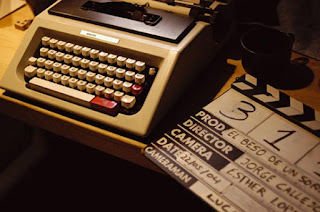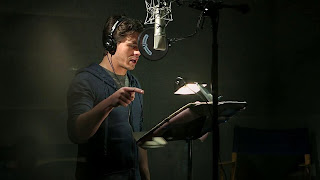DUBBING ORIGINS

DUBBING ORIGINS Dubbing at Spain didn’t start during Franquism as a lot of people think. It was in the republic with the birth of the sound film and the necessity of understanding the films that come from other languages. It wasn’t a unic strategy of our country, other countrys as Germany, Italy, France and other nations of Europe also started to dub products that came from other places. There was also another reason: make the products cheaper. Many spanish films were shooted without sound and were later dubbed on a study. On this way, if the voice of an actor wasn’t the correct one, it was changed on the dubbing process. ...



